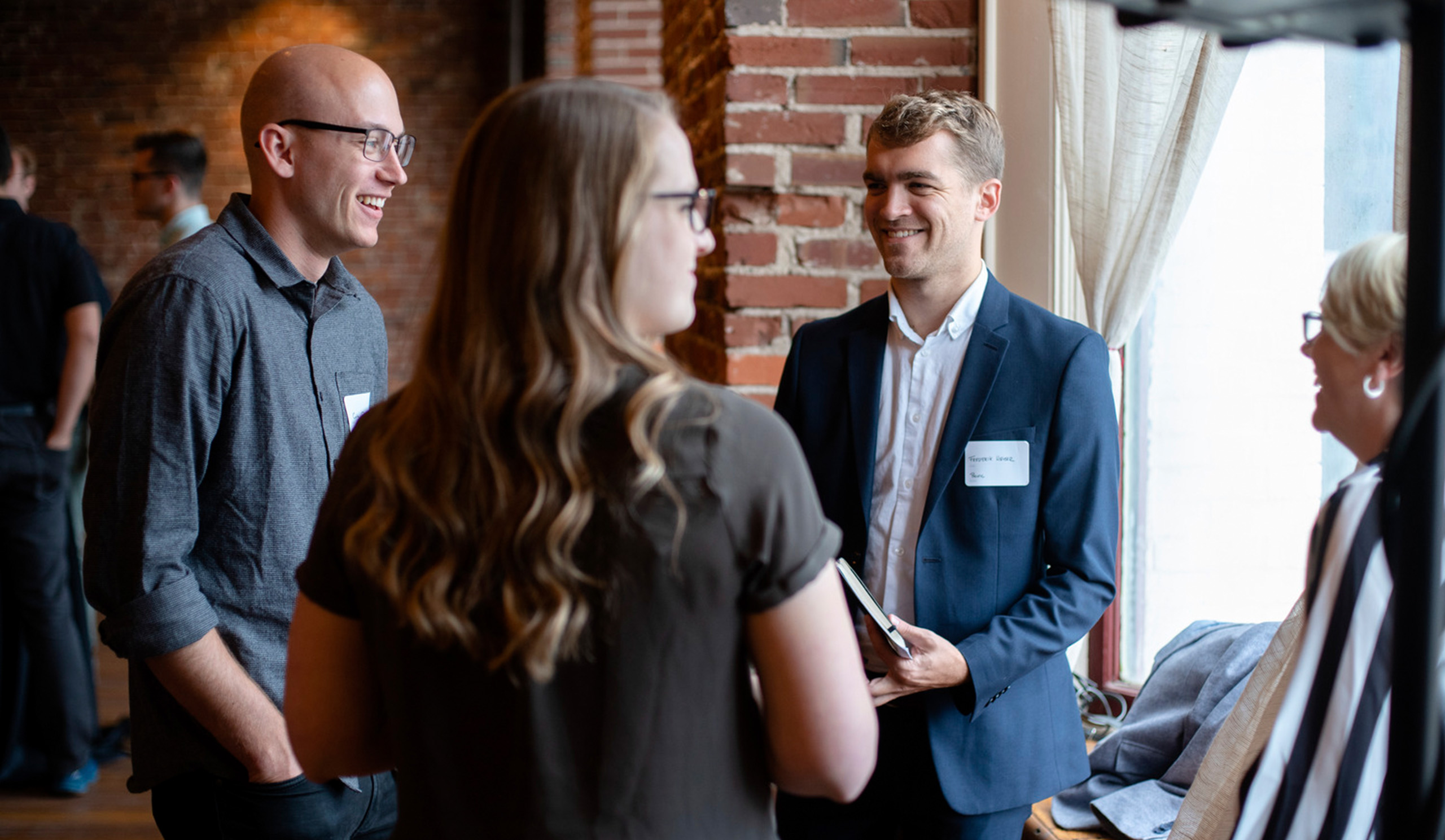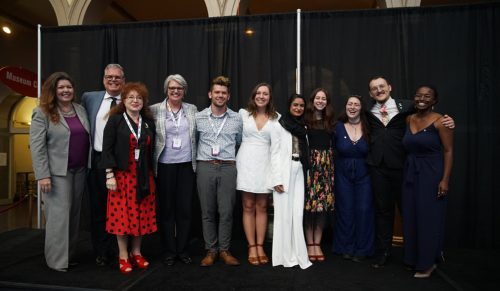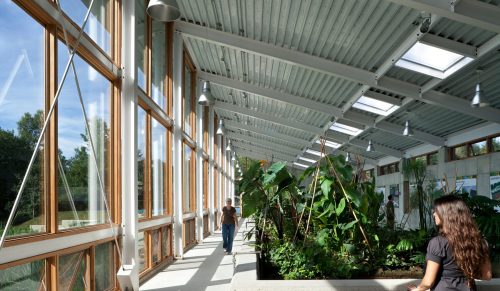
Redesigning Design Through Diversity: Reviewing Snohetta’s Transpositioning
As we continue to think about what Redesigning Design means at BNIM, we consider how an interdisciplinary design practice continues to allow us to evolve in the way we execute our work. Diversity is an essential, functioning component of life. The survival of our planet and its ecosystems rely on the evolution of each species’ biodiversity. We can use biodiversity in nature as precedent in the evolution of how we practice as architects and designers.
Biodiversity became part of our everyday language in 1992, following the first Earth Summit in Rio de Janeiro. Regional diversity and biological variation underpin the ideal upon which functioning ecosystems depend, just as we, as a creative collective, depend on our own variation in thought and experiences to create innovation. Without variation within our discipline, we risk creating a monoculture — which in nature promotes disease and extinction.
How does this relate to Redesigning Design? We take cues from nature. Working with diverse teams requires more effort up front, but in turn promotes a space for more creative and fresh ideas and innovation. But are more diverse organizations truly more innovative? How can we ensure diversity is the root of a strategic approach to becoming more competitive in practice? It starts with acknowledging that diversity is not just a metric to strive for or a box to check. Research defends its necessity as an integral part of a successful revenue-generating business. In fact, it has been proven that diverse teams have a 19% higher revenue due to innovation alone. (Lean In “Women in Workplace 2018” Report) Diversity in background, education, and experience bring a broader spectrum of creativity and information to the table. Intentional invitation to the table is key, but only a first step.
Diversity doesn’t exist without being inclusive. If we were to make a conscious effort to be more inclusive in our design dialogues and practice, what transformation can be achieved? To consider this and the above questions we look to our peers to better understand the evolution of these ideas. Snøhetta participated in a user-driven, research-based innovation program, sponsored by SINTEF and co-sponsored by the Norwegian Research Council. Six organizations were studied for their profound ability to develop processes as complex, collective activities that combine solid knowledge with new demand. Idea Work is described as collective practices that can be found in many organizations, even in organizations that we do not normally think of as creative. The study has tried to make sense of the various practices in the six organizations, asking how people in these organizations generate, mold, communicate, and realize ideas when at their best. The research is rooted in the idea of inclusion. The intention is not to downplay the role of important individuals, but rather place emphasis on how collective effort is required to move from brilliant ideas to final results.
The term “trans-disciplinary thinking” places reliance on expertise and equal representation. Active respect for all disciplines and expertise around the table is a state of mind and requires bringing multiple disciplines to the table early as well as throughout the process of idea generation and refinement. The intent behind trans-disciplinary thinking is for participants to possess empathy and respect for others’ expertise, removing themselves from their personal expertise to achieve a broader picture of collaboration. The word “singular” is used in the plural. To emphasize the value of the individual and one’s interests in the performance of a group. Rather than fitting an individual into the group’s philosophy, the individuals themselves define the dynamics of the group.
The act of “trans-disciplinary thinking” is trans-positioning. This is the working method in which participants are invited to break from their professional role and switch perspectives with others in the group. By untethering from disciplinary conventions for a short period of time, we can foster a greater sense of possibility, freeing ourselves from habitual thinking, and building empathy for others involved in the process. Someone’s unique perspective, background, or personal interest such as music, dance, or art can be valuable when informing the creative process. A truly inclusive design approach means that certain conditions such as gender equality and diverse nationalities, ethnicities, and ages are fundamental to our process.
How does one foster this interaction? Getting a diverse group of people in a room doesn’t necessarily always foster collaboration. Fostering an environment to create innovative thought will not succeed if everyone stakes a claim to their individual specialty and takes turn voicing their opinions around the table. The goal in the practice of Idea Work is to talk about ideas that are outside of our expertise, where people can take risks to communicate ideas that they are not familiar with, breaking down barriers to allow us to explore unknown possibilities. (Idea Work, 2012)
To be successful in this practice, we must fundamentally create generative resistance. The act of acknowledging doubt, friction, anomalies, and critiques, not as noise to be avoided, but as levers to question the given and enhance imagination in our everyday work. Can we rely on a network of communication where there is mutual resistance? People who can resist and be resisted? We should consider an environment that allows us to creatively disagree. A two-way struggle of creative power and creative resistance means that it is important for the organization to include a tolerance of differences. The goal is to utilize confrontations, roadblocks, doubts, and questions not as negative constraints, but as valuable levers for bringing energy into interaction, and movement into thinking.
As we continue to dig deeper into what it means at BNIM to redesign design, we continue to ask provocative questions like: What is an idea? It is a type of answer. Even better, a possibility. It is rarely an endpoint. More often it’s the first spark, the light bulb, a first indication of something that should evolve over time with input from several people, people with different perspectives.

